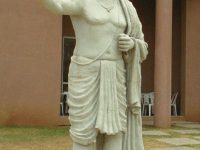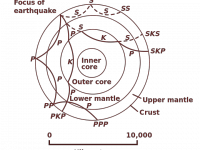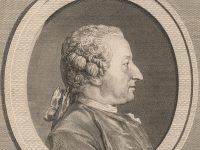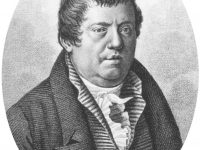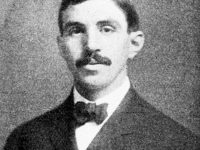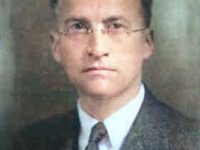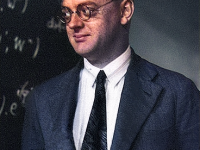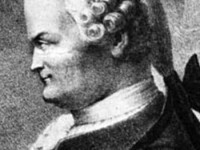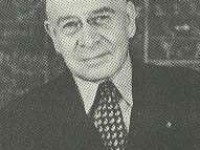Aryabhata and Early Indian Mathematics
In 476 CE, Indian mathematician and astronomer Aryabhata was born. Aryabhata is the earliest Indian mathematician whose work and history are available to modern scholars. In his work “Ganita” Aryabhata names the first 10 decimal places and gives algorithms for obtaining square and cubic roots, using the decimal number system. He also came up with an approximation of pi and the area of a triangle. “Aryabhata is the master who, after reaching…
Read more

